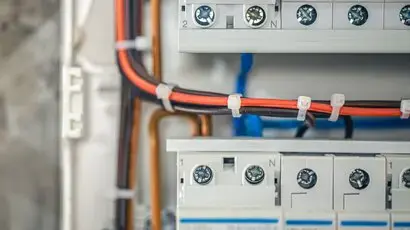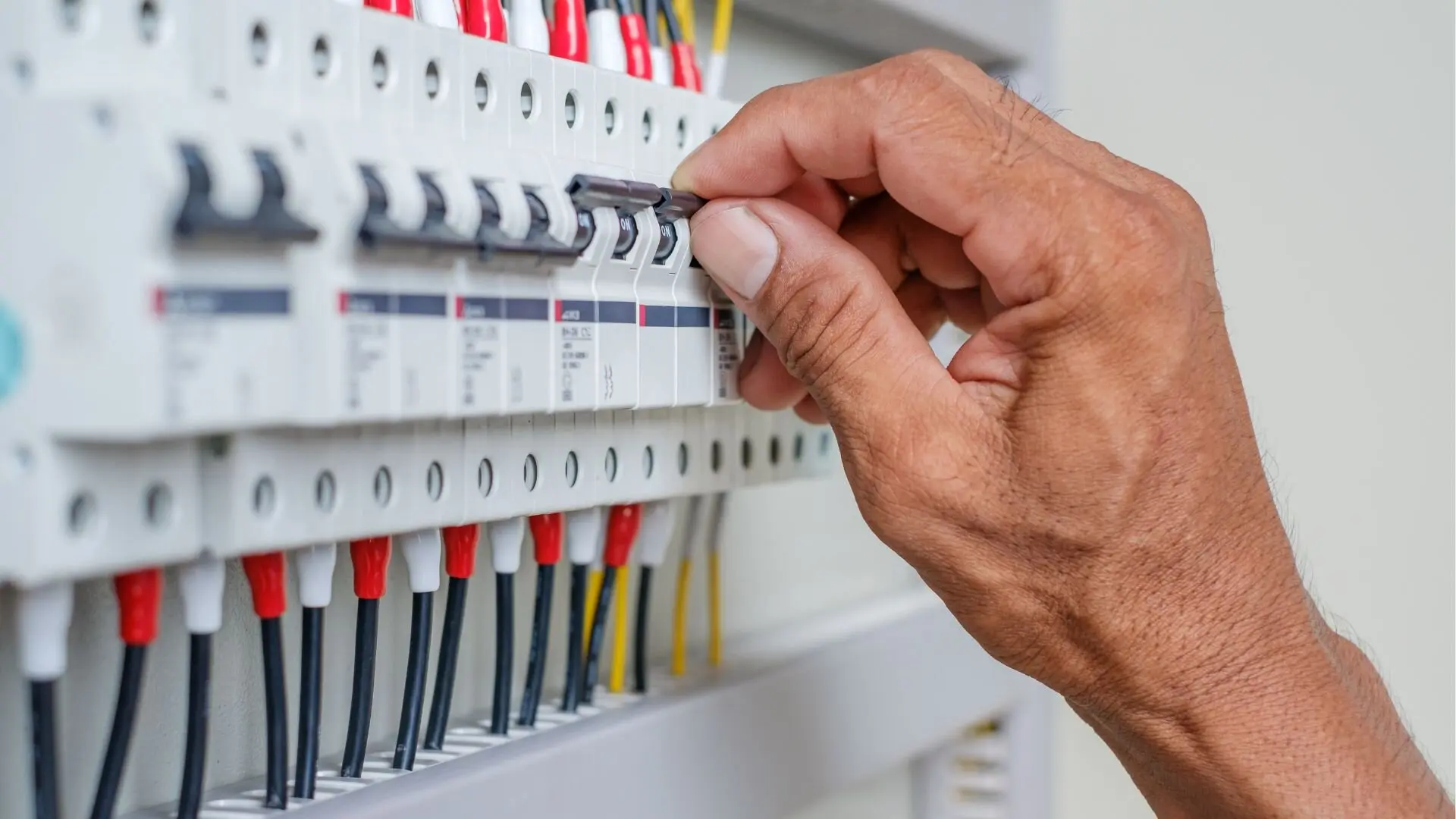
Get your free Melbourne Electrician quote today!
Our team of Melbourne Electricians is here to help you with any questions or concerns you may have. We’re committed to providing you with the best possible service and support.
Circuit breakers trip and cut power as a safety mechanism. Overloads, faulty wiring, moisture, loose connections, and defective breakers are frequent reasons for nuisance tripping. Diagnose the root cause and implement solutions to prevent circuit faults.
Circuit breakers are essential safety devices designed to trip and interrupt the flow of electricity when a home’s electrical circuits become overloaded or ground faults occur. Frequent nuisance tripping of a particular circuit indicates an underlying issue that needs to be addressed, as the breaker is doing its job to prevent overheating, short circuits, electrical shocks, and potential electrical fires.
Several common causes of a breaker that keeps tripping include sustained circuit overloads from too many electrical appliances on one circuit, faulty or damaged wiring causing shorts and grounds, moisture seeping into the switch box or electrical panel, loose or corroded wires, and an old defective breaker in need of replacement.
To tackle these issues, consider balancing the electrical load more evenly across circuits. If any wiring looks dodgy, get a licensed sparky to inspect and fix it. Moisture problems need sorting out to keep things dry, tighten up any loose connections, and swap out old or dodgy breakers.
Understanding the reasons behind specific circuit trips and applying targeted solutions can help you avoid those annoying tripping events. This ensures your electrical system flows smoothly and safely. If a particular circuit keeps causing the breaker to trip, a professional electrician can help find and fix the root cause.
Reasons Your Circuit Breaker Could Be Tripping
Circuit Overloads
Having too many appliances running on one circuit often causes nuisance breaker tripping over time. When the power demand exceeds the circuit’s rated capacity, it leads to problems with the wiring and breaker.

Warning signs of a defective breaker include frequent unexplained tripping, feeling abnormally warm or hot to the touch, buzzing noises, discoloured handles, or corroded/burned internal components visible after removing the cover. Breakers containing delicate thermal and magnetic trip elements are prone to calibration drift or failure after exposure to an electrical fault over their lifetime.
The average lifespan of a circuit breaker is about 30-40 years. Therefore, older breakers that haven’t been replaced are at a higher risk of tripping unexpectedly or failing to trip when necessary. Without replacement, faulty units will keep deteriorating.
While modern arc fault (AFCI) and ground fault circuit interrupter (GFCI) circuit breakers are sensitive by design, frequent tripping can still indicate end-of-life issues. A licensed electrician should inspect and test older circuit breakers periodically to identify any needing replacement. Swapping out a faulty unit restores normal operation and reliable circuit protection. Replacing aged breakers before problems arise improves electrical safety.
Our Prevention Tips
Distribute loads, replace older breakers, inspect connections, and upgrade wiring to prevent nuisance circuit breaker tripping. Spread high-powered appliances across circuits and avoid simultaneous use to prevent overloads.
Replace breakers older than 10-15 years and upgrade to modern AFCI and GFCI models. Inspect for loose, corroded or damaged wiring and make necessary repairs. Consider upgrading the electrical panel, wiring, and connections to meet the current code.
Install whole house surge protectors. Periodically check for hot spots and track which events lead to tripping. Partner with an experienced electrician to maintain your electrical system in optimal condition. A proactive approach keeps power flowing smoothly without nuisance interruptions.
Let Us Help You Keep The Lights On
Diagnosing and fixing the root causes of circuit breaker tripping, whether overloads, wiring faults, moisture, loose connections, or defective breakers, is key to ensuring reliable power and electrical safety. Contact the pros at WP Electrical in Melbourne to inspect your electrical systems and implement solutions to prevent nuisance tripping events.
Published by: Pascal Harb17 October 2025